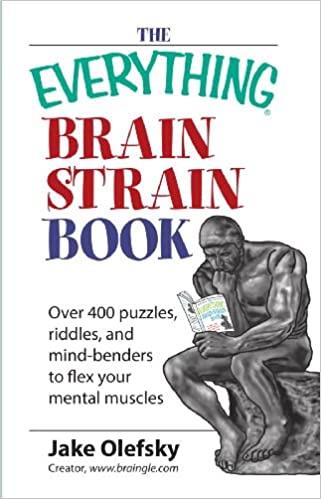
Strain brain app software#
The company's Monster Dreamer project gave schoolkids the opportunity to use the software to create the monster of their dreams, or nightmares, in a matter of minutes.įor the disabled, the ability to move about using the power of their minds could be life changing. The process is repeated until a final object is produced according to the thought preferences of the designer. As the software processes brain feedback, the well-received shapes and changes are kept and expanded, while the disliked ones fade away. Then the company's own software, called Emotional Evolutionary Design, displays "building block" shapes on a computer screen.įrom a basic beginning, the shapes change and "evolve," while the user's emotional positive and negative reactions to each change are monitored by the headset. The Thinker Thing system employs an Emotiv EPOC EEG headset to map its wearer's brainwaves.


George Laskowsky, the chief technical officer of the Santiago-based startup Thinker Thing, created the first-ever such object in January 2012. But a Chilean company has announced the first object to be created by thought alone-paired with the growing power of the latest 3-D printing machines. Someday it might enable more brain-driven mobile device features that require no user input, like his Good Tunes concept, which would read brainwaves and then play music best matching the wearer's personal preferences for their current brain state.Ĭan wishing for something make it so? Well, not quite. With $30,000 in Hackathon prize money in hand, Scorcioni is fine-tuning his prototype, which he views as a first step in the way our brain states might directly control mobile devices and our individual environments. If the user's brain is in a receptive state, it lets the call through. Like a tough personal secretary, Ruggero Scorcioni's Good Times app filters the incoming calls of busy mobile phone users by simply monitoring the state of the user's brain.Įarlier this year, Scorcioni won an AT&T Mobile App Hackathon with the iOS app, which uses the cuddly Necomimi Cat Ears brainwave-reading headset to monitor brain activity and reroute calls to voicemail when it perceives that the user's brain is busy with other tasks. With this established, users can simply think musical scores to life and play them via the computer.įor an example of the way the mind can create music and other forms of art, check out the MiND ensemble (Music in Neural Dimensions) from the University of Michigan. To make music, such thoughts are associated with notes or sounds to create a language of musical thought that's produced directly from the brain. Their wearers can also train their minds to associate a set of EEG brain signals with a specific task.įor example, thinking about pushing a button on the computer screen produces a brainwave pattern that computer software can then recognize and associate with that task. But now musicians might be able to eliminate the need for tools and interfaces like sheet music-or even playing an instrument-by simply creating music directly with their thoughts.Įlectroencephalography (EEG) headwear devices record the electric signals that are produced when the brain is at work and can connect them wirelessly to a computer. Yes, music composition always took place in the brain. Here are some amazing examples of what our brains can already do.

But other feats of mind control are already realities, particularly in the realm of human machine interfaces (HMIs). Using one human brain to direct another person's body via the Internet was an amazing breakthrough. Scientists achieved the first remote human-to-human brain interface this week, when Rajesh Rao sent a brain signal over the Internet that moved the hand of colleague Andrea Stocco-even though Stocco was sitting all the way across the University of Washington's campus.


 0 kommentar(er)
0 kommentar(er)
